With theme parks closed worldwide, films delayed indefinitely, live sporting events cancelled, and vacations in limbo, the Walt Disney Company has seen a dramatic shift in its revenue performance, plans, and expectations.
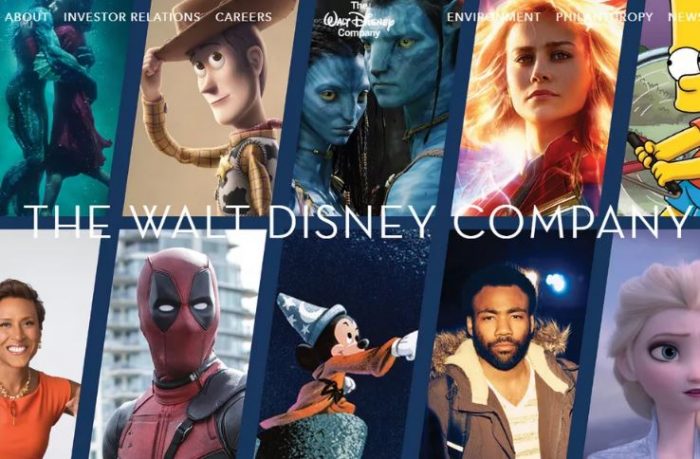
How will the Walt Disney Company cope with major revenue loss? We look to the past for clues to the future.
Historical Choices
The last major hiccup in revenue for the Company came in 2008-2009, when the United States suffered its last recession. With some saying “the chance of a recession now stands at 100%” in 2020 (Bloomberg), we can evaluate some of Walt Disney Company’s decisions just over a decade ago to see how it might behave going forward.
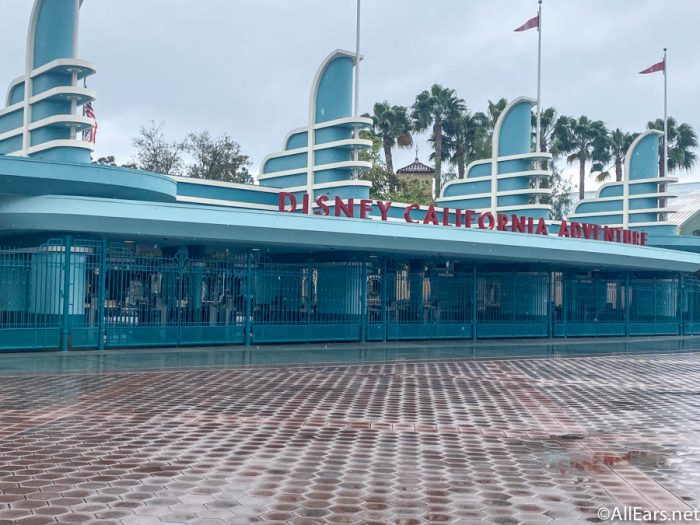
In May 2009, the Company suffered “a 46% drop in net income for its second quarter, blaming disappointing results from its movie studio and a weak global economy”, with “Disney’s parks… feeling the brunt of the recession, mainly because of people’s reluctance to take vacations during tough economic times” (LA Times). At that time, Disney used “aggressive promotions to keep visitors coming to Disney’s domestic parks, including discounted hotel rates at Walt Disney World” and saw 89% occupancy in the World’s Resorts. Spending, however, was still down 17% per room (LA Times).

Early-2009 deals designed to entice travelers included “a seven-night vacation package at one of its 23 on-site hotels for the price of four, including admission to the park itself.” Disney World also offered “for travel in early or late March… a $200 gift card for Disney merchandise or dining” (NYT).
And to attract those celebrating their birthdays in 2009, Disney “started [2009] with promotions aimed at increasing attendance, such as free admission for people on their birthdays” (Economic Times).

In late-2009, while the Company continued to recover, it announced “Give a Day, Get a Day”, a promotion that promised if you “perform a day of volunteer service at a participating organization in 2010… you’ll receive a free, one-day admission ticket to a Walt Disney World Resort or Disneyland Resort theme park” (Disney Parks Blog). With the spirit of giving Disney has embraced over the past few weeks, perhaps this approach of rewarding goodwill could make a return as well.
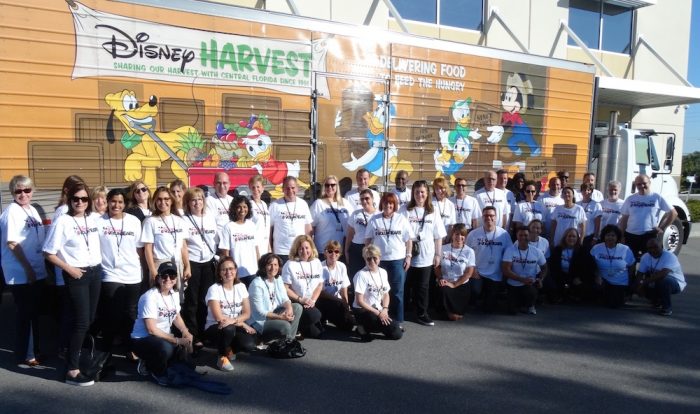
With 2021 already earmarked as Walt Disney World’s fiftieth anniversary celebration, guests may see increasing focus on the event, as “in 2009, Walt Disney World Resort and Disneyland Resort ask guests ‘What Will You Celebrate?’… [to] turn their personal milestones… into magical Disney experiences” — experiences that inspired guests to celebrate at the Parks. This push to encourage ‘celebration vacations’ included “more than 200 experiences ranging from breathtaking (magical fireworks cruises, sunrise safaris, diving the depths with undersea creatures) to mirth- making (Bibbidi Bobbidi Boutique, character dining, kids’ pirate adventures)” (GeeksofDoom).
Today, celebrations and vacation upgrades are common add-ons for folks visiting the Disney Parks, but to entice guests to visit during these potentially leaner times, Disney may renew its push to get guests to celebrate in the Parks, thus driving up attendance (although with the current health climate, this may also look different) and recovering a steady source of revenue.

Then there’s the unsavory (but straightforward) tactic, taken in 2009, which had broad ramifications: the Walt Disney Company “announced that it… eliminated about 1,900 jobs” (Economic Times). With current furloughs in effect and several agreements reached with cast member and entertainer unions, Disney may be faced with this option as part of its attempt to recover as well.

Outcomes
These savvy decisions, made during the country’s last major recession in 2008-2009, resulted in “[Disney managing] to grow attendance to its domestic theme parks by 2% that year [2009]” (The Motley Fool), despite revenue dropping $1.69 billion simultaneously.
Stocks, however, had a favorable overall track in 2009, the year during which Disney sought to recover from dramatic losses in 2009. December 2009, the Company’s stocks closed at $32.25 after opening in January 2009 at $22.31 (Yahoo! Finance). As for what’s happening now, the week of April 8, 2020, closed at over $106, recovering from a year-to-date weekly low of $93.53 during the week of March 11th (the day before Disney World announced its closure).
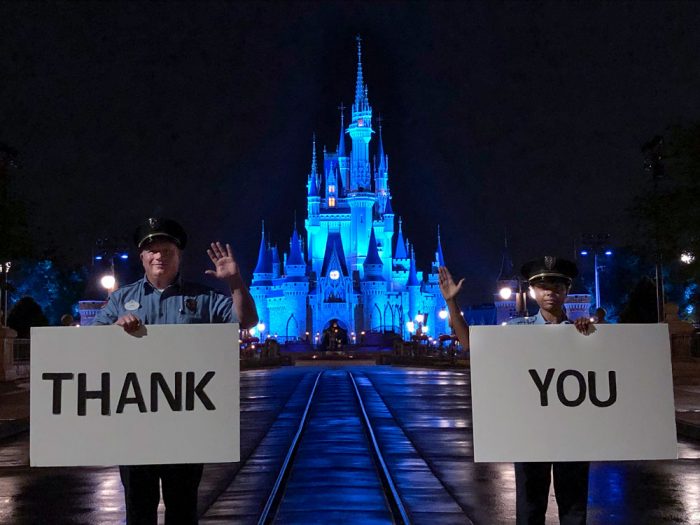
Click here to read how declining stocks could change the Walt Disney Company.
Of course, stocks are only one marker of the Company’s resilience, and analysts expect revenue to drop substantially in 2020 — “by 12.4% to $71.7 billion” (SeekingAlpha)– resulting in shares closer to $90 than the current $106. And while experts in the field say “the stocks always bounce long before the fundamentals go back to normal” (CNBC), prolonged Parks closures, film release delays, and a lack of televised sporting events are unprecedented (even during the 2008 recession, these sources of revenue remained relatively steady and productive).
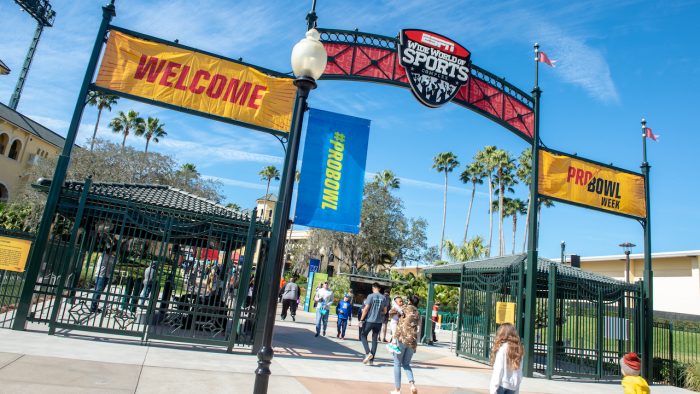
That said, Forbes estimated Walt Disney Company would “likely… expand its revenue base by over $10 billion in 2019” on the backs of “healthy growth in its media networks, parks and resorts, and studio entertainment businesses, benefiting from the Disney-FOX merger in early 2019 and an increased stake in streaming player Hulu” (Forbes). And, in fact, Disney reported record revenues at $69.57 billion in 2019 (Statista.com), a $10.14 billion increase from 2018.
So the Company was operating from a healthy financial position before the global health crisis completely changed the game. Now, with Parks closed or tremendously reduced around the globe, a dearth of live sporting events to ignite ESPN viewership, and movie theaters shuttered, the Company’s major revenue streams are in distress.

With former-CEO and current Chairman Bob Iger — arguably the face of Walt Disney Company right now — leading the charge creatively, we could see Disney put concerted effort into its streaming services in order to drum up financial excitement. Disney+ dropped last November and has been seeing incredible viewership worldwide, Hulu is now 60% Disney-owned, and ESPN+ is ripe for development. These streaming services won’t be enough to compensate for the tens of millions being lost by the Company with Park closures and film delays, but the robustness of the Company certainly makes it better-prepared to weather financial struggles than other, smaller companies.
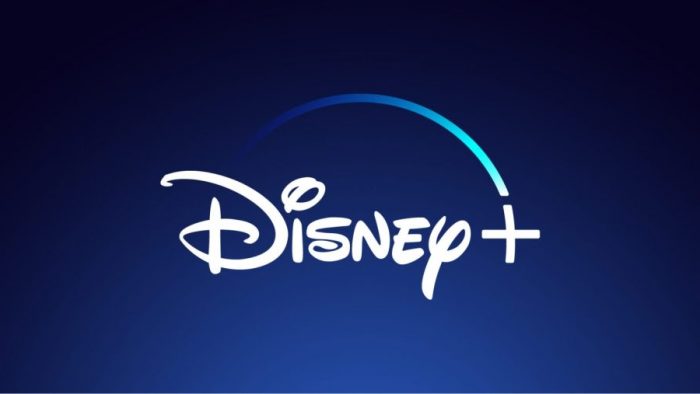
We’ve also seen the Company’s executives — CEO Bob Chapek and Chairman Bob Iger — take pay cuts (find out just how much here), which is perceived by some to be a sign of unity and by others to be an empty gesture. And the Company has also raised $11 billion in corporate debt, which will allow it some flexibility as it addresses revenue loss and prepares for an uncertain future.

Still, the future of the Walt Disney Company’s revenue is uncertain. No doubt executives are running scenarios and making adjustments as the crisis unfolds, but it remains to be seen exactly how the Company will handle and recover from revenue loss the likes of which it has never before experienced.
What measures do you think the Company should take to recover for the long term? Share your thoughts in the comments.
Get the latest on the Walt Disney Parks closures at the links below.
- Be Careful of This CLOSURE When Planning Your Disney World Trip
- A Look Inside Disney World After a Tropical Storm
- 9 Disney World Closures You Need to Know for April
- NEWS: Opening Date Announced for Tenaya Stone Spa in Disneyland Resort!
- NEWS: Florida Governor Announces That State Will Begin Phase Two of Reopening Plan


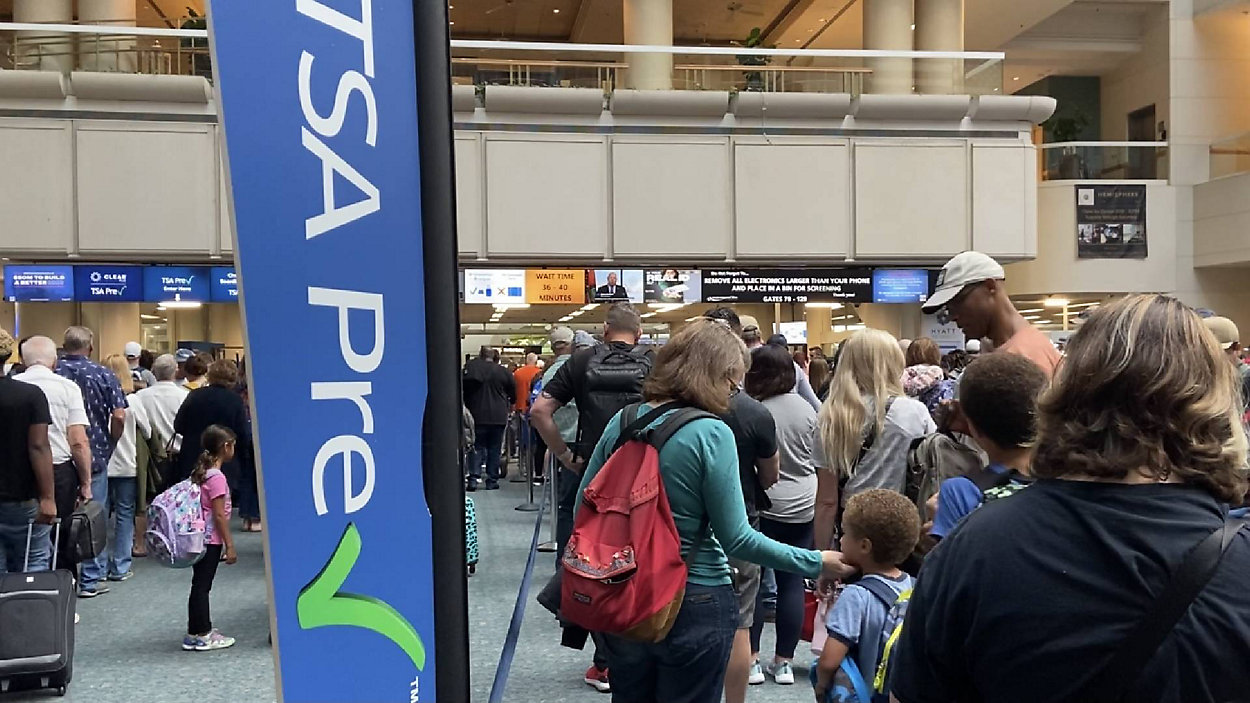










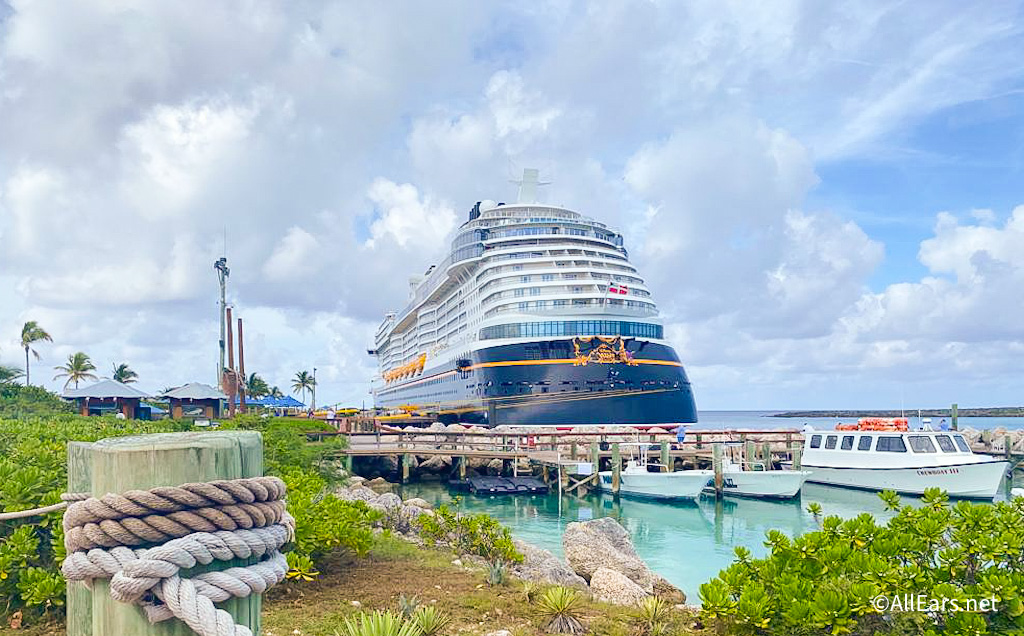







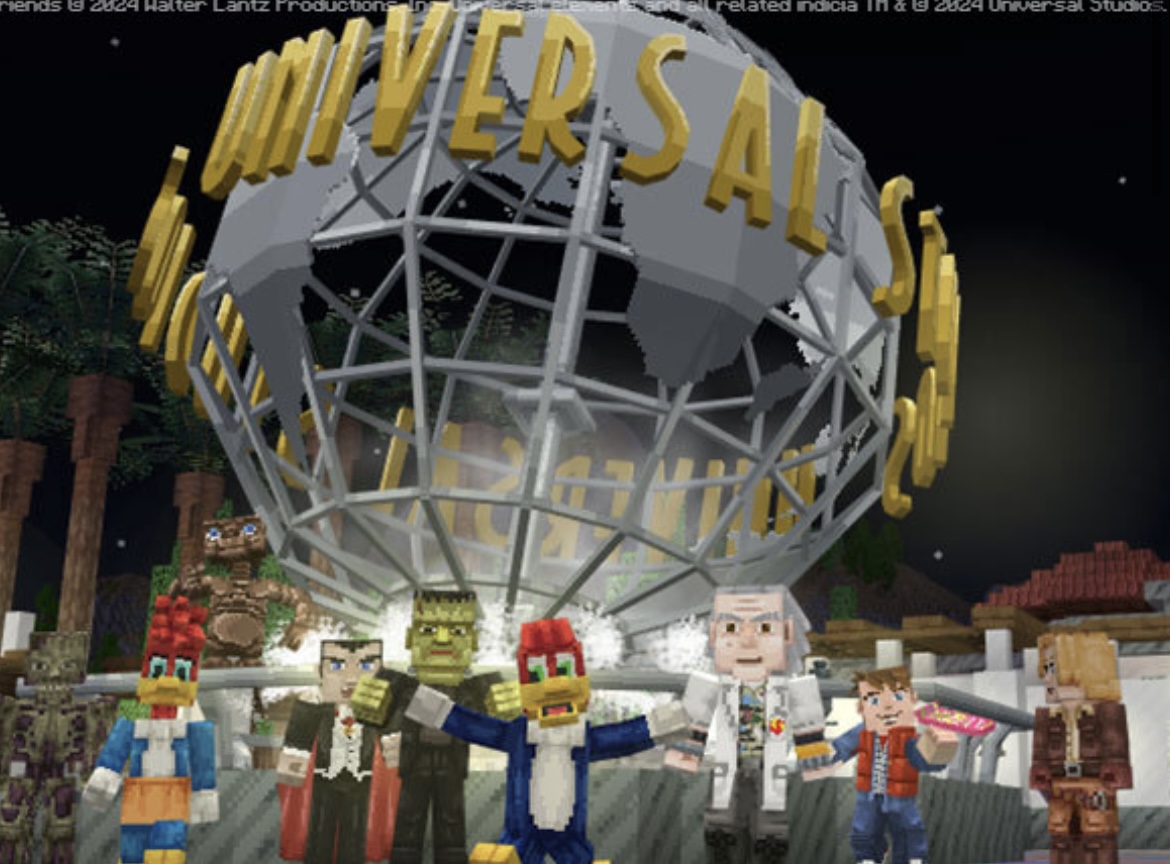

Trending Now
TSA just banned an essential travel item from checked luggage!
Believe it or not, it is possible to make a day at EPCOT even better!
Don't forget about this change coming up for Disney World hotel guests!
Six Flags has just announced that they're CLOSING on of their theme parks entirely this...
If you adore Butterbeer from Harry Potter as much as we do, these TWO new...
These Disneyland attractions will be closed for part of or all of May.
Each week, we search high and low for the best Disney deals on Amazon. Wanna...
We're sharing the hottest deals on LEGO sets on Amazon!
Need a new Disney tee? Get to Amazon NOW!
Only true Disney adults are packing these items for their Disney World trips!
By unanimous vote, the proposed Sunshine Corridor study is now fully funded.
The best upgrades available for Disney Cruise Line Passengers.
Epic Universe is amazing…but it does have a couple of flaws.
Here are a couple of things you'll want to get yourself because every Disney Adult...
We spotted three brand-new Disney Loungefly bags online, and one of them is already selling...
Every Disney adult is going to Amazon to buy their Disney park day shoes!
Let's talk about why every Disney Adult is buying an Oura Ring from Target right...
Many Disney guests don't realize they're breaking these rules.
These might be weird buys, but we aren't kidding when we say you'll need them...
A Universal x Minecraft experience is HERE!